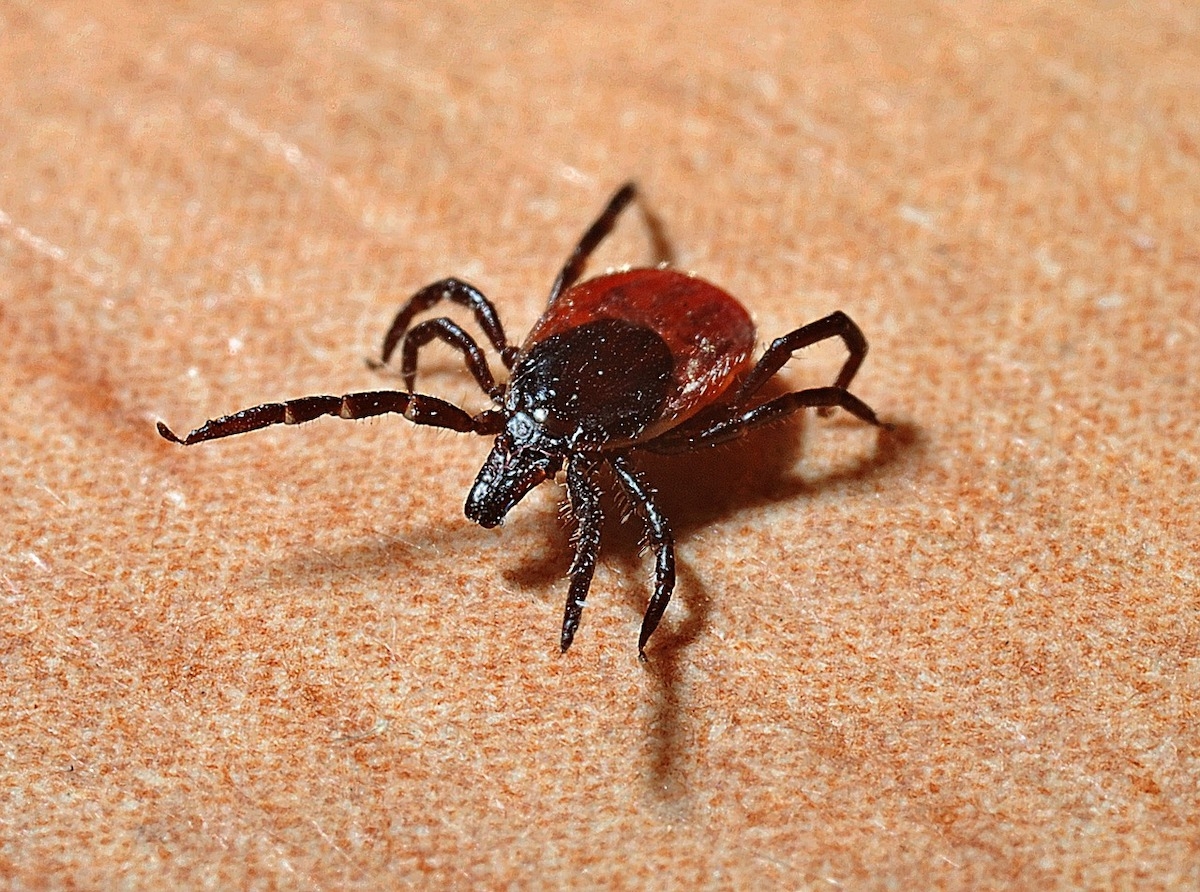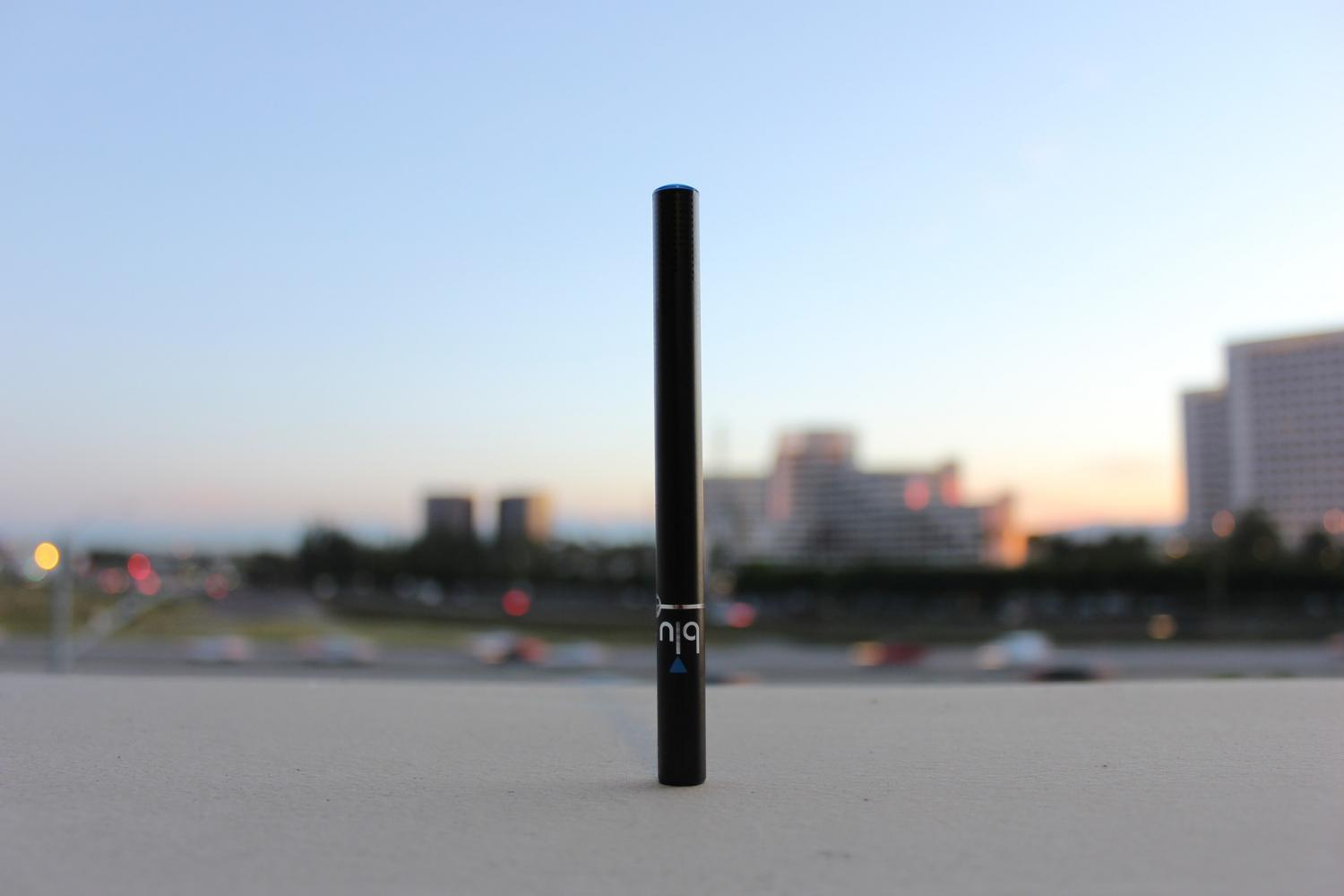
Avoiding ticks in the Ottawa area
Even though the days and nights have started to cool down, there is still plenty of summer left to enjoy here in Ottawa. With the city considered a high-risk area for Lyme disease from tick bites, here are a few tips to help you avoid being bitten by these nasty little creatures.
Wear Long Clothing
If you are going to be out in wooded or grassy areas, dress to prevent ticks latching on to your skin. Wear long pants, tucked into socks. Long-sleeved shirts, along with hats and gloves will keep insects from biting you. (Bonus to this: mosquitos will not be able to attack you either.)
Use Insect Repellent
Look for one designed to repel ticks. Follow directions, and avoid noses, eyes, mouths, and hands. You can also buy pretreated clothing, although those will be a little pricier than a can of bug spray.
Stick to Trails
If you can, try to avoid walking through low bushes or tall grass. Don’t allow pets to wander in these areas either – ticks love to hitch a ride on your pooch’s fur.
Tick Proof Your Yard
Clear away brush and leaves where ticks live. Mow your lawn regularly – ticks love long grass. If you have a woodpile, stack the wood in a sunny area to keep away rodents that can carry ticks.
Check, Check, Check
When you come in from your adventures, check your clothing, yourself, your kids, and your pets – especially if you were unable to avoid wooded or grassy areas. Deer ticks (the ones that carry Lyme disease) are often no bigger than a pin head, which makes them very easy to miss. Check carefully.
Shower
If possible, shower as soon as you come indoors – ticks can stay on your skin for several hours before burrowing into you. Showering, using a washcloth, may remove unattached ticks.
If you find a tick, you can use sharp ended tweezers to gently remove the bug. Wash your hands thoroughly before you start. Clean the area around the tick with rubbing alcohol. Using the tweezers, grab as closely as you can to the tick’s head (the part in the skin). Pull up slowly and firmly – do not crush the tick with your fingers. Clean the area again with rubbing alcohol.
If you are unsure if the tick you have removed is a black-legged tick (aka deer ticks), you can take a picture of it, and submit it online at etick.ca. If you do get infected, the most common symptoms are a rash, often in a bull’s eye pattern, and flu-like symptoms. Lyme disease is treatable, but it does require a medical diagnosis, and antibiotic treatment.
Even though Ottawa is now a high risk area for Lyme disease, with a few precautions, you can still get out and enjoy the gorgeous area we call home.











